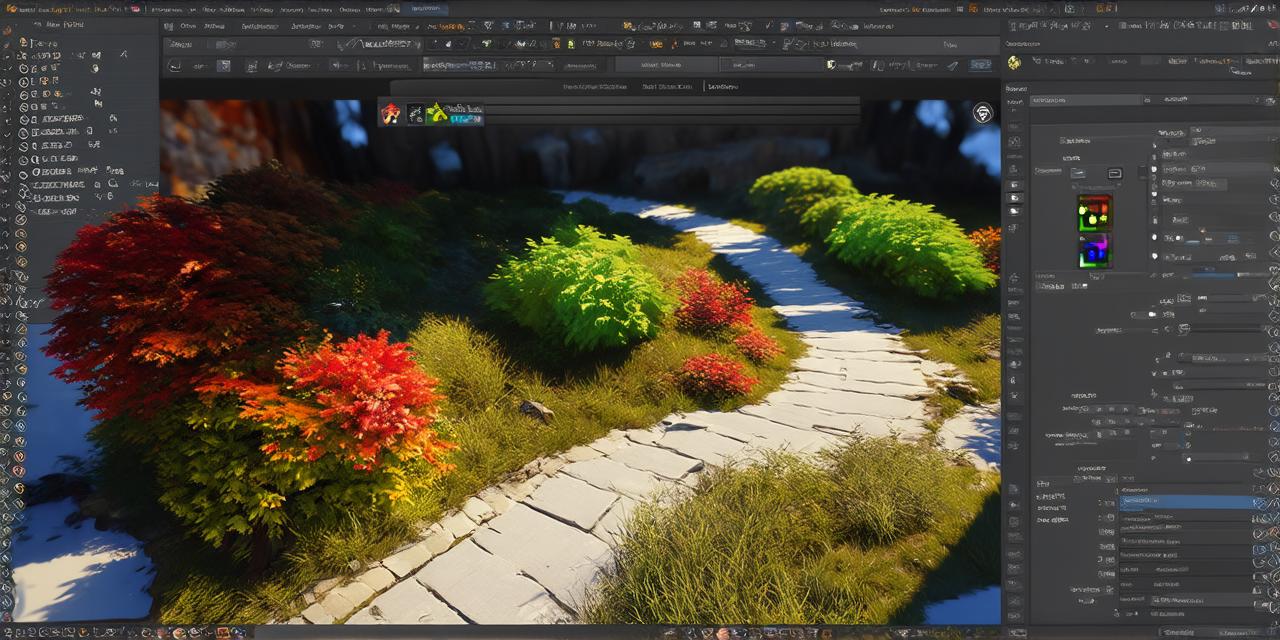Unity has long been synonymous with 3D game development, but this powerful engine has many more capabilities that are often overlooked. In this article, we will explore some of the ways in which Unity can be used beyond 3D games and how it can help developers create unique and innovative experiences.
First, let’s take a look at some of the key features that make Unity an ideal choice for developers looking to create something other than a game. For starters, Unity has built-in support for 2D graphics, which makes it easy to create everything from simple animations to complex user interfaces.
In addition, Unity supports virtual reality (VR) and augmented reality (AR), allowing developers to create immersive experiences that blur the line between the real and digital worlds.
One of the most exciting uses for Unity beyond 3D games is in the field of architecture. With its powerful graphics capabilities, Unity can be used to create stunning virtual tours of buildings and other structures, giving potential clients a sense of what a space would look like before they commit to it.
This can help architects and developers save time and money by avoiding costly physical models and allowing clients to see exactly what they’re getting.
Another area where Unity is making waves is in the field of education. With its ability to create interactive and engaging experiences, Unity can be used to bring lessons to life in a way that traditional classroom settings simply cannot.
For example, students could take a virtual tour of a historical site or explore the inner workings of an atom with the help of 3D models. This not only makes learning more fun, but it also allows students to gain a deeper understanding of complex concepts.
In addition to these applications, Unity is also being used in the fields of advertising and marketing. With its ability to create interactive and immersive experiences, Unity can help brands engage with their customers in new and exciting ways.
For example, a car manufacturer might use Unity to create a virtual test drive that allows customers to experience the thrill of driving without leaving the showroom. This not only helps to sell cars, but it also creates a memorable experience that customers will be talking about long after they leave the dealership.
Of course, with any powerful tool like Unity, there are always some potential drawbacks to consider. One of the biggest challenges for developers working with Unity is its steep learning curve. While Unity has a large and supportive community, it can still take quite some time to master all of its features and capabilities.
In addition, because Unity is such a versatile engine, it can be tempting to try and do too much with it, which can lead to performance issues and other problems.
Despite these challenges, the potential rewards of working with Unity are simply too great to ignore. Whether you’re an architect, an educator, or a marketer, Unity has something to offer that will help you create unique and innovative experiences that your audience will love. So if you’re looking for a way to take your projects to the next level, it’s definitely worth considering giving Unity a try.
FAQs:
1. Is Unity only used for 3D game development?
No, Unity has many other applications beyond 3D games, including architecture, education, advertising, and marketing.
2. What are some of the key features that make Unity an ideal choice for developers looking to create something other than a game?
Unity has built-in support for 2D graphics, virtual reality (VR), and augmented reality (AR). It also supports a wide range of programming languages and platforms.

3. What are some real-life examples of how Unity is being used beyond 3D games?
Unity is being used in architecture to create virtual tours of buildings, in education to bring lessons to life with interactive experiences, and in advertising and marketing to engage customers in new and exciting ways.




